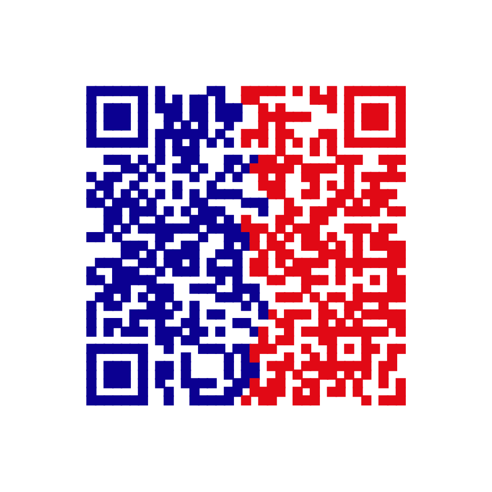How to maintain an optimal level of engagement in your work without compromising your well-being And lead you to professional exhaustion? A problem explored by researchers from the universities of Wake Forest (Winston-Salem, North Carolina), Virginia Commonwealth (Richmond, Virthest) and Northeastern (Boston, Massachusetts).
To conduct their study (published in November 2024 in the journal Contemporary Accounting Research), these analyzed the behavior of 44 accountants By comparing their actions in calm periods and periods of strong solicitation on the 1920s and 2021.
The importance of micro-parents
The researchers first put their finger on the efficiency represented by micro-through in the professional environment of people studied. They identified Four distinct categories of micro-parents : physical relaxation, meals, brief social interactions and light cognitive activities. Each of these categories contributes specifically to mental recovery.
Analysis of fatigue levels, measured on a standardized scale ranging from 1 to 5, reveals visible differences between participants according to their micro-through practice. During periods of high activity, the difference is particularly marked: employees regularly practicing one minute breaks present an average tired score of 3.28, against 3.95 for those who do not takeor a reduction of 0.67 point. This difference, which may seem modest in absolute value, actually represents a considerable improvement of 17 % of the perceived level of fatigue.
The study highlighted another phenomenon: the amplification of the benefits of these brief activity interruptions during the phases of high workload. During these, the gap is widening more: regular practitioners of micro-parents report levels of fatigue 25 % to their colleagues not taking it. Concretely, on the measurement scale used, this results in an average score of 2.96 against 3.95 for the control group.
The impact on the quality of sleep, another essential indicator of the study, turns out to be just as convincing. The researchers used a composite index of sleep quality, incorporating several parameters such as falling asleep, continuity of rest and the feeling of recovery upon waking. The data show an average improvement of 15 % of this index In regular micro-passing practitioners, their score from 3.43 to 3.95 on the standardized scale of 5 points.
The positive effect is measurable: participants benefiting from better sleep present the next day initial levels of initial fatigue lower than 11 % on averagecreating a virtuous recovery circle. Their morning fatigue scores are an average of 2.49, compared to 2.79 for the group not practicing micro-parents.
Benefit management: a rampart against exhaustion
Hierarchical support has its role to play In the prevention of professional exhaustion, micro-painted people are not enough. The observation of the participants allowed researchers to deconstruct the mechanisms by which management influences the levels of fatigue of employees.
Three interdependent dimensions have been identified to qualify managerial support as truly effective. The first manifests itself by Authentic availability of the manager Faced with the daily difficulties encountered by the teams. This attentive presence, far from being a simple posture, results in concrete interventions and personalized support in the resolution of professional obstacles. Quantitative data reveal that this availability is associated with an average reduction of 15 % of perceived fatigue levels.
The second fundamental aspect lies in the management’s ability to explicitly recognize the efforts made by employees. This recognition is not measured by simple formal congratulations, but is embodied in a finer understanding of the challenges met and a sincere valuation of individual contributions. The researchers observed that this recognition is particularly critical during periods of high intensity, where it acts as a powerful modulator of professional stress.
The attention paid to the well-being of employees is the third pillar of this managerial triptych. This benevolent vigilance is materialized by an ability to detect the signs of fatigue early and to set up preventive organizational adjustments. Study data demonstrate that teams benefiting from this form of attention have much higher resilience levels in the face of activity peaks.
Thus, the teams supervised by managers concerned with these three dimensions present 27 % lower fatigue levels during high activitycompared to teams not benefiting from this type of support.
In order for these results to remain a dead letter, it would now be intelligent to translate these scientific lessons in suitable practices in the field. So what are we waiting for to finally listen to science and rethink our work environments? In France alone, the burn-out phenomenon takes on a disturbing scale, so that we could almost compare it to an epidemic. After The 2022 figures of the human imprint2.5 million people would be affected, and the Institute for the health monitoring estimates to 34,000 the number of cases of burn-out Among the 480,000 employees in mental suffering.
- Regular micro-painting significantly improve mental recovery, reduce professional fatigue and promote better sleep.
- Attentive and benevolent management plays a key role in prevention of professional exhaustion by actively supporting employees.
- Faced with the alarming increase in the burn-out phenomenon, these practices should be essential to preserve mental health at work.










